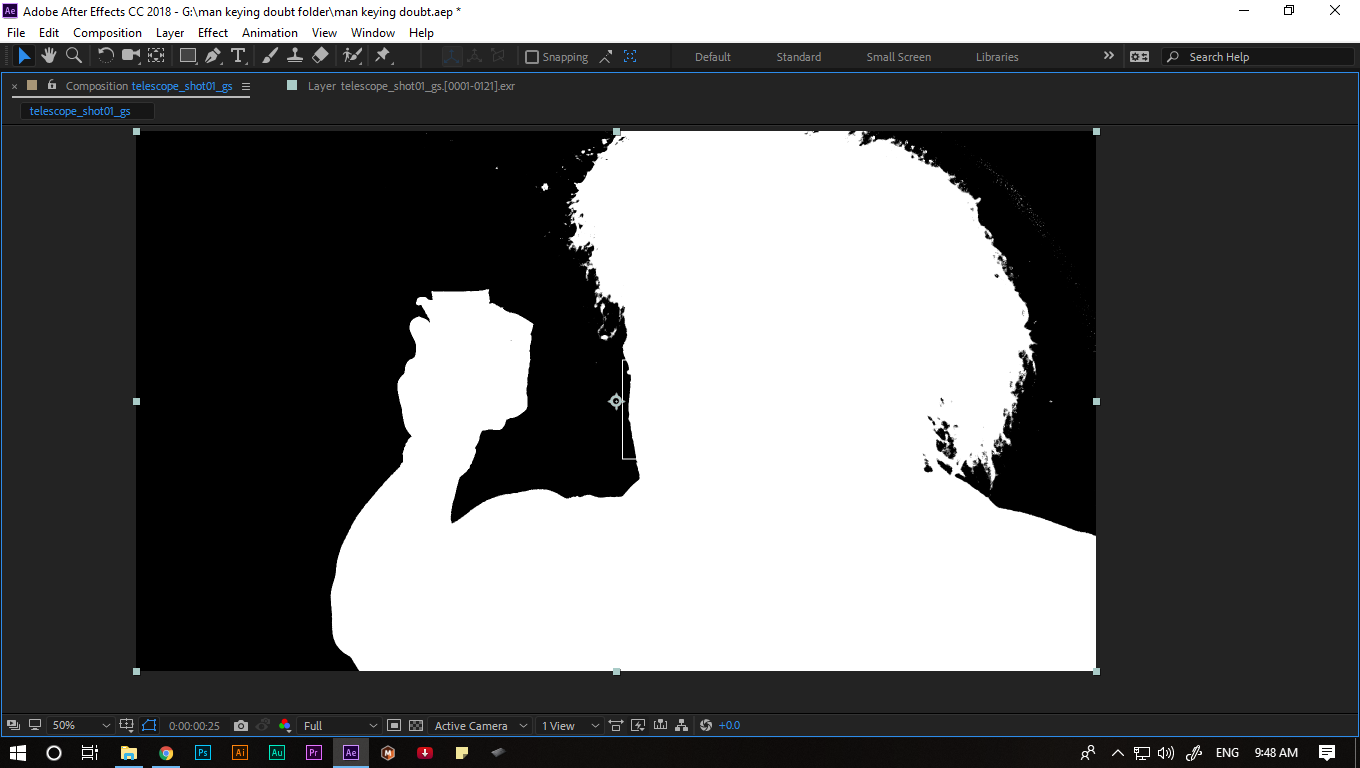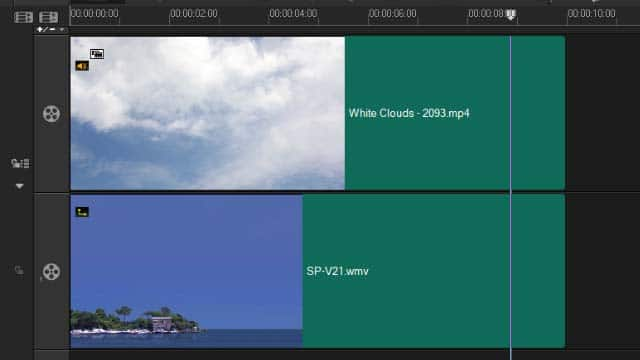
You can print the values of a particular pixel by the following lines: rows,cols,channels = hsv.shape 180), and above 200 and 100 for saturation and value (max. I chose by inspection around 80 for hue (which is max. The essential part is to choose the threshold values appropriately. Since we seperate color based on our perception, HSV is more suitable for this task.

However, HSV is more like human vision system which holds hue, saturation and value components. Image operations are generally done in RGB color space, which holds red, green and blue components. I will not go over the functions used here, but one part is important. You can easily find a tutorial about HSV color operations using OpenCV. Mask = cv2.inRange(hsv, lower_green, upper_green)

# Threshold the HSV image to extract green color Hsv = cv2.cvtColor(img, cv2.COLOR_BGR2HSV) import cv2ĭef show_result(winname, img, wait_time):ĭisp_img = cv2.resize(img, None, fx=scale, fy=scale) Then, we create a script named skull.py in the same directory with the images. Python3 -c "import cv2 print(cv2._version_)"
REMOVE GREEN SCREEN FROM VIDEO AFTER EFFECTS INSTALL
For this, I have written a simple OpenCV Python code to demonstrate the results.įirst, we need to install OpenCV. We know that the background is green and is distinguishable from the object by its color, so I suggest using color thresholding.

for i in * do convert $i -colorspace HSV -separate +channel \

I found this post where the user used Imagemagick to achieve chroma keying. Here is the original image if you want to do tests: !0YJnzAJR!GRYI4oNWcsKztHGoK7e4uIv_GvXBjMvyry7cPmyRpRA I simply want to use the green screen to create a mask for each image that looks like this one here (the border should preferably be smoothed out a little bit): I have hundreds of images that all look similar to this one here:


 0 kommentar(er)
0 kommentar(er)
